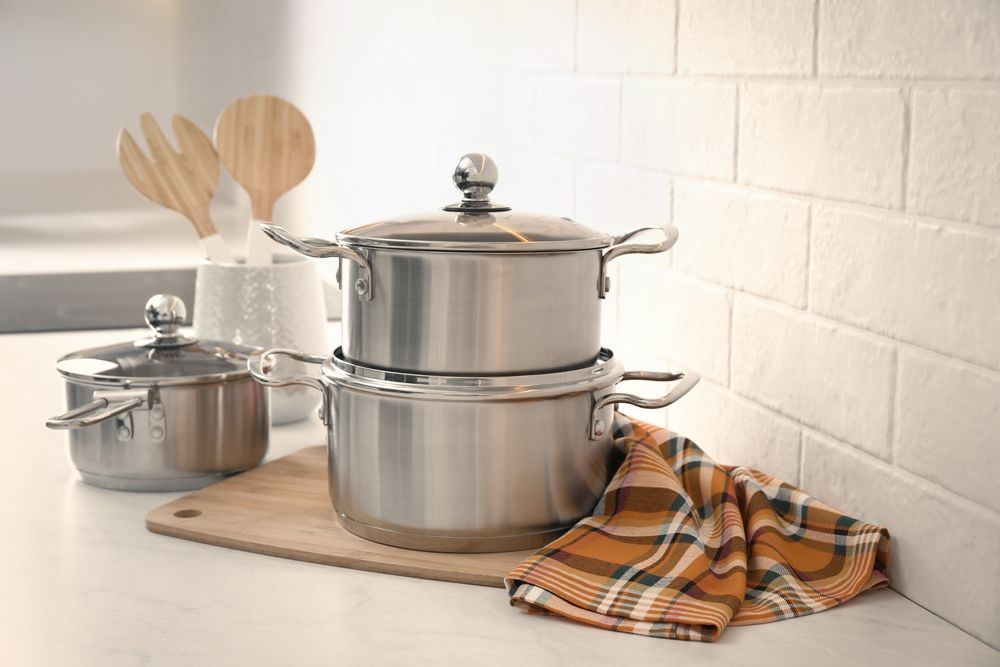In today’s fast-paced world, the age-old practice of bartering is often overlooked. However, this ancient system of exchanging goods and services without the use of money has stood the test of time and continues to offer numerous benefits. Bartering can help you save money, build relationships, and reduce waste while enabling you to acquire the goods and services you need. In this article, we will explore the art of bartering and discuss how you can utilize it to save money and foster a sense of community.
The History of Bartering:
Bartering dates back thousands of years, long before the invention of money. It was the primary method of trade among early civilizations, allowing people to exchange goods and services directly with one another. This system thrived because it enabled communities to meet their needs without relying on a centralized currency. While money has since become the dominant medium for trade, the practice of bartering is still alive and well, particularly among individuals and small businesses.
The Benefits of Bartering:
- Save Money: One of the most significant advantages of bartering is that it allows you to save money. Instead of purchasing goods or services outright, you can trade something you already have or offer your skills in exchange. This can help reduce your expenses and enable you to acquire items that may have otherwise been out of your budget.
- Reduce Waste: Bartering encourages a more sustainable way of living by promoting the reuse and recycling of goods. When people trade items they no longer need, these items are less likely to end up in landfills. In addition, bartering incentivizes individuals to maintain their belongings and keep them in good condition, as items with more value are more desirable in trades.
- Build Relationships: Engaging in bartering can help you forge new connections and strengthen existing ones. Trading with others requires trust and collaboration, which can foster a sense of community and camaraderie. These relationships can be beneficial both personally and professionally, as they can lead to future trade opportunities and even long-lasting friendships.
- Develop Negotiation Skills: Bartering is an excellent opportunity to hone your negotiation skills. Learning how to effectively communicate your needs and assess the value of various goods and services can help you become a more confident and savvy trader.
How to Get Started with Bartering:
- Assess Your Inventory: The first step in bartering is to take stock of your belongings and skills. Identify items you no longer need or use, and consider which services you can offer. This could include anything from carpentry or gardening skills to web design or photography services.
- Determine Value: Once you’ve compiled a list of items and services, assign a relative value to each. This can be challenging, as there is no set exchange rate in bartering. However, researching similar items and services online can help you gauge their worth.
- Find Trading Partners: To begin bartering, you’ll need to find people who are interested in trading. This could include friends, neighbors, or members of your community. There are also various online platforms, such as BarterQuest and TradeAway, that facilitate bartering between individuals.
- Negotiate and Trade: When you’ve identified a potential trading partner, discuss the terms of the trade. It’s essential to be transparent about the condition of your items and the scope of your services to avoid misunderstandings. Once both parties agree, complete the trade, and enjoy your newly acquired goods or services!

Tips for Successful Bartering:
- Be Flexible: Flexibility is key in bartering, as trades may not always be a direct one-for-one exchange. Be open to creative arrangements and consider multi-party trades to ensure everyone’s needs are met.
- Practice Good Etiquette: When engaging in bartering, it’s crucial to treat others with respect and honesty. Be punctual for meetings, deliver on promises, and maintain open communication throughout the process. Good etiquette can lead to successful trades and help build lasting relationships.
- Document Trades: Keep a record of your trades, including the details of each transaction and the contact information of your trading partners. This can help you track your savings, maintain accountability, and make future trades easier to navigate.
- Start Small: If you’re new to bartering, consider starting with small, low-risk trades to build your confidence and experience. As you become more comfortable with the process, you can work your way up to more significant exchanges.
- Network: Actively network with other individuals interested in bartering. Join local bartering clubs, attend meetups, and engage with online communities to expand your pool of potential trading partners.
The art of bartering offers numerous benefits, from saving money and reducing waste to building relationships and developing negotiation skills. By taking the time to assess your inventory, determine value, find trading partners, and follow our tips for successful bartering, you can unlock the potential of this ancient practice in your everyday life. Embrace the art of bartering and experience the satisfaction of swapping your way to savings while fostering a greater sense of community.




